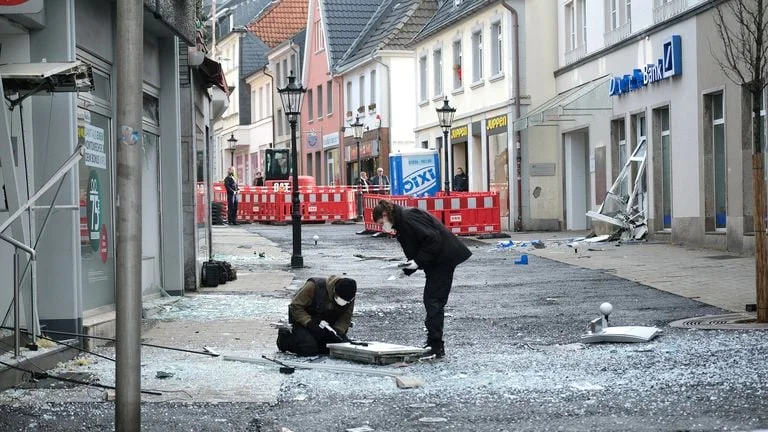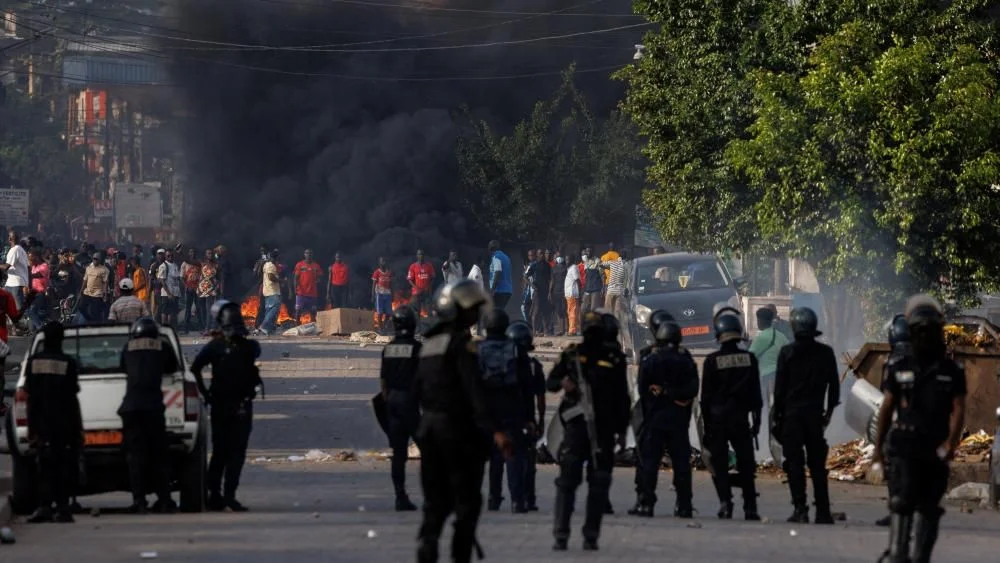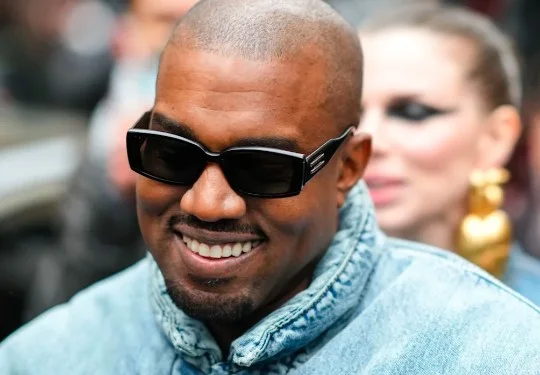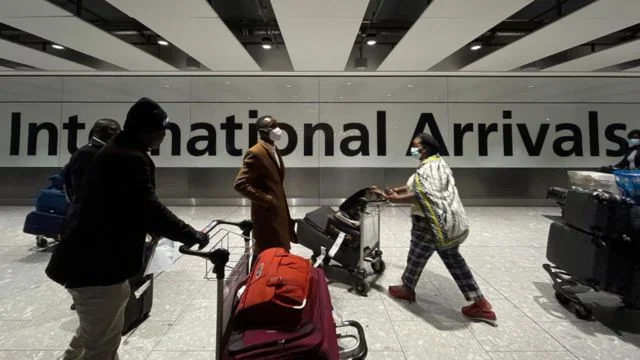President Donald Trump signed a bill on Wednesday effectively ending the longest government shutdown in U.S. history.
The crisis lasted 43 days, completely paralyzing Washington. It left hundreds of thousands of federal workers without pay while Republicans and Democrats engaged in a high-stakes blame game.
The Republican-led House of Representatives passed the Senate-approved package with a vote largely along party lines.
The legislation will immediately reopen federal agencies and departments. Many Democrats expressed frustration, viewing the resolution as a capitulation by their own party leaders.
Political Fallout and Cost
As he signed the bill in the Oval Office, President Trump strongly criticized Democrats. He urged citizens to remember the political episode when voting in the next closely contested midterm elections.
“Today we are sending a clear message that we will never give in to extortion,” Trump stated. He was surrounded by Republican lawmakers, including House Speaker Mike Johnson.
Speaker Johnson had earlier lashed out at Democrats in a floor speech before the vote. “They knew that it would cause pain, and they did it anyway,” he said. “The whole exercise was pointless. It was wrong and it was cruel.”
The package provides full funding for military construction, veterans’ affairs, the Department of Agriculture, and Congress through next fall. The remainder of the government will be funded through the end of January.
Approximately 670,000 furloughed civil servants will return to their posts. A similar number of federal employees including over 60,000 air traffic controllers and airport security staff—who worked without pay will receive back pay. Air travel, which faced nationwide disruptions, is expected to gradually return to normal operations.
Trump alleged that the Democrats’ actions cost the country $1.5 trillion, a figure disputed by most economists. The Congressional Budget Office estimates the shutdown caused a loss of about $14 billion in economic output.
Internal Democratic Divisions
For over five weeks, Democrats had refused to reopen the government. They demanded that President Trump agree to extend pandemic-era tax credits that had made health insurance affordable for millions of Americans.
Recent electoral victories in several states had bolstered Democrats’ confidence. However, a group of eight moderate senators broke ranks. They reached a deal with Republicans that guarantees a Senate vote on health care subsidies, but offers no certainty of action in the House.
Democratic leaders were angry, viewing the Senate compromise as a surrender. They urged their members in the House to vote against the measure, and most held the line.
The resolution left Democrats facing internal divisions. Party leaders argued that they succeeded in drawing national attention to healthcare, which they believe will motivate voter turnout in the 2026 midterm elections.
House Minority Leader Hakeem Jeffries told a major news outlet, “Over the last several weeks, we have successfully elevated the issue of the Republican health care crisis, and we’re not backing away from it.”
However, Senate Majority Leader Chuck Schumer is facing severe backlash from his party’s progressive wing for failing to maintain unity. Some House Democrats have even called for his resignation.
Outside Washington, several potential 2028 presidential candidates added their criticism. California Governor Gavin Newsom called the agreement “pathetic,” Illinois Governor J.B. Pritzker labeled it an “empty promise,” and former Transportation Secretary Pete Buttigieg called it a “bad deal.”
Despite public opinion polls largely siding with Democrats during the standoff, Republicans are widely seen as having emerged in a stronger political position following the resolution.
Morocco Ramps Up AFCON Preparations with Volunteer Training























